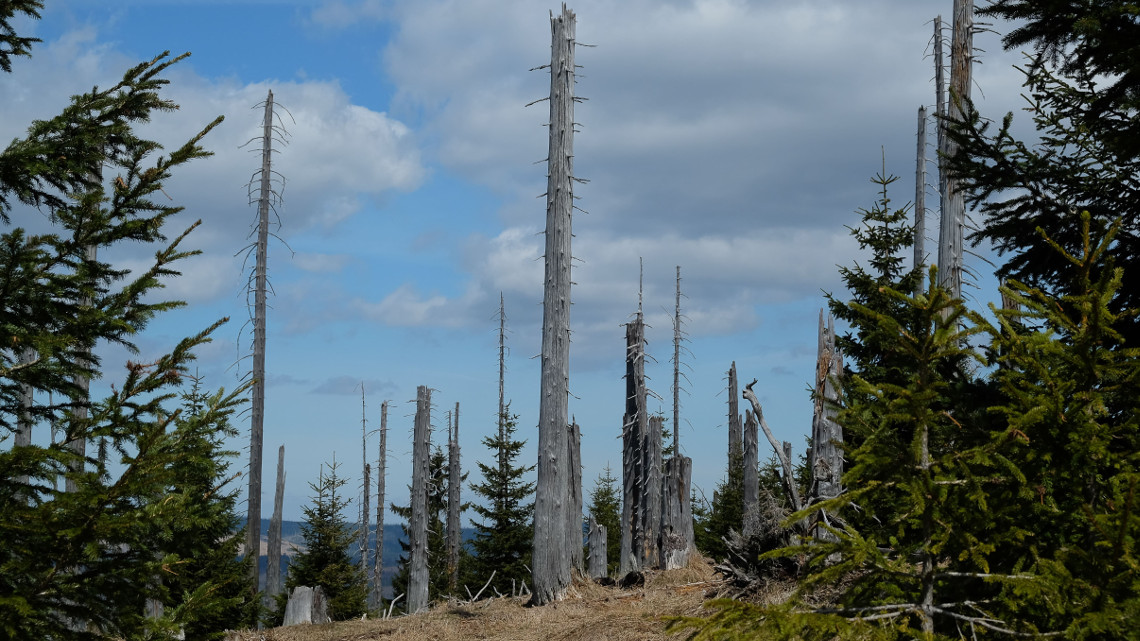Europe's canopies are thinning
Using satellite images, researchers have identified gaps in the canopies of European forests and visualized the changes in their condition on a map.

Forests are essential for the survival of humans and nature. They are habitats for many plants and animals, CO2 and water reservoirs and oxygen producers, but also a place of recreation and a source of raw materials. But the ecosystem has changed. Using satellite data, researchers from the University of Munich and the University of Natural Resources and Applied Life Sciences in Vienna have for the first time produced a map that shows how European forests have changed over the past 30 years.
17% of canopies have disappeared
The evaluation of 30,000 satellite images showed that 36 million areas have lost their canopies. In these cases, large trees had to make way for either open space or young trees. This means that a total of 17 percent of the vegetation cover in European forests has disappeared over the past three decades.
In addition to the use of wood, forest fires and windthrow have also led to the loss of the canopies. However, the size and shape of the forest openings were very different: With an average of just under two hectares, Sweden had the largest holes in the canopy. In Portugal, however, the number of openings was much larger. With on average only 0.6 hectares, Switzerland had the smallest gaps in the canopy, followed by Germany with 0.7 hectares and Italy with 0.75 hectares. The largest opening in the canopy registered by the researchers is in Spain. The reason for this is a fire that devastated a whole 17,000 hectares in 2012.
More open spaces in the woods
With the help of the map, the researchers can now describe for the first time how the forest has actually changed. According to the map, both the number and the size of openings in the canopy have increased in Europe's forests. This means that the forests are more open and more often interrupted by open spaces, which is due to both forest fires and strong winds.
Young trees grow again
Despite the strong changes the researchers see also a positive development: "In most cases young trees grow up after a loss of the old existence , so the first author of the study, Cornelius Senf of the Technical University of Munich. "However, in order to understand where forests are at risk of being irreversibly damaged, we need a baseline as a reference. The newly created map shows this baseline."
Help for forest rejuveniation
His superior, Rupert Seidl, also sees the loss as an opportunity "for a new generation of trees better adapted to climate change to establish themselves". But that's not all: "The maps can, for example, help to identify areas where regeneration needs to be promoted through targeted planting or where the forest can rejuvenate itself. In this way, the forest can be made fit for climate change - a task that has gained in urgency, especially in the last two years," says Seidl.
bb


